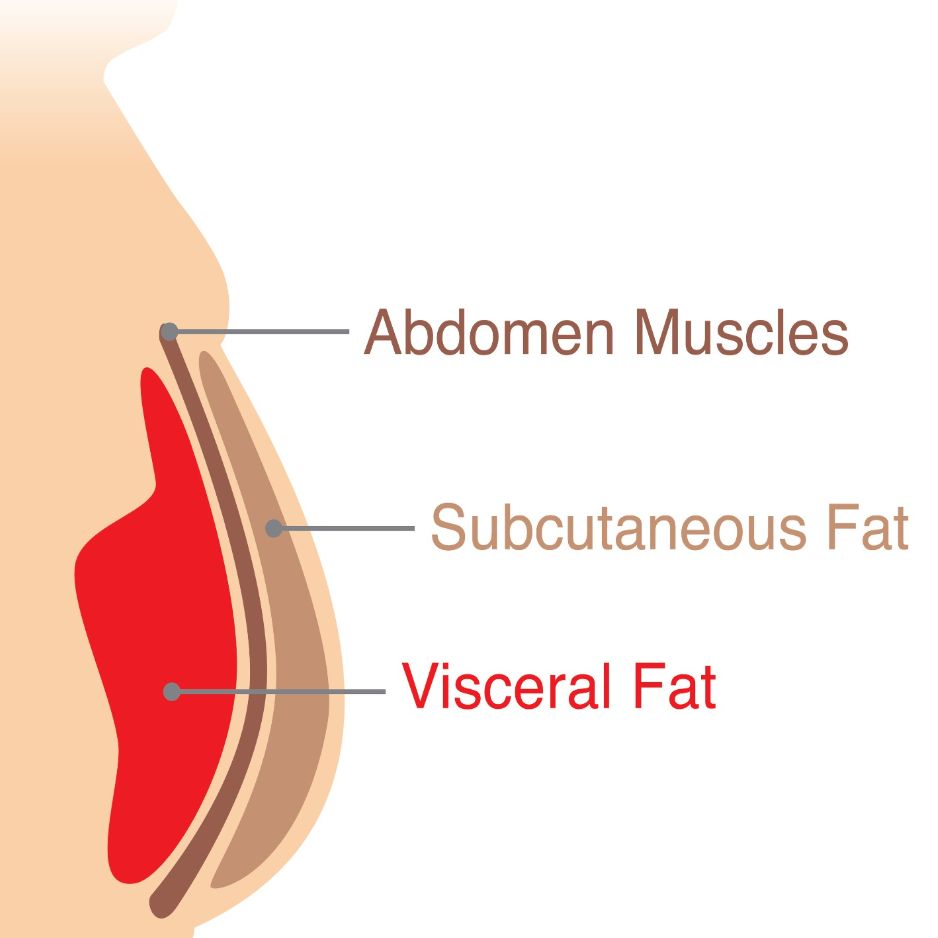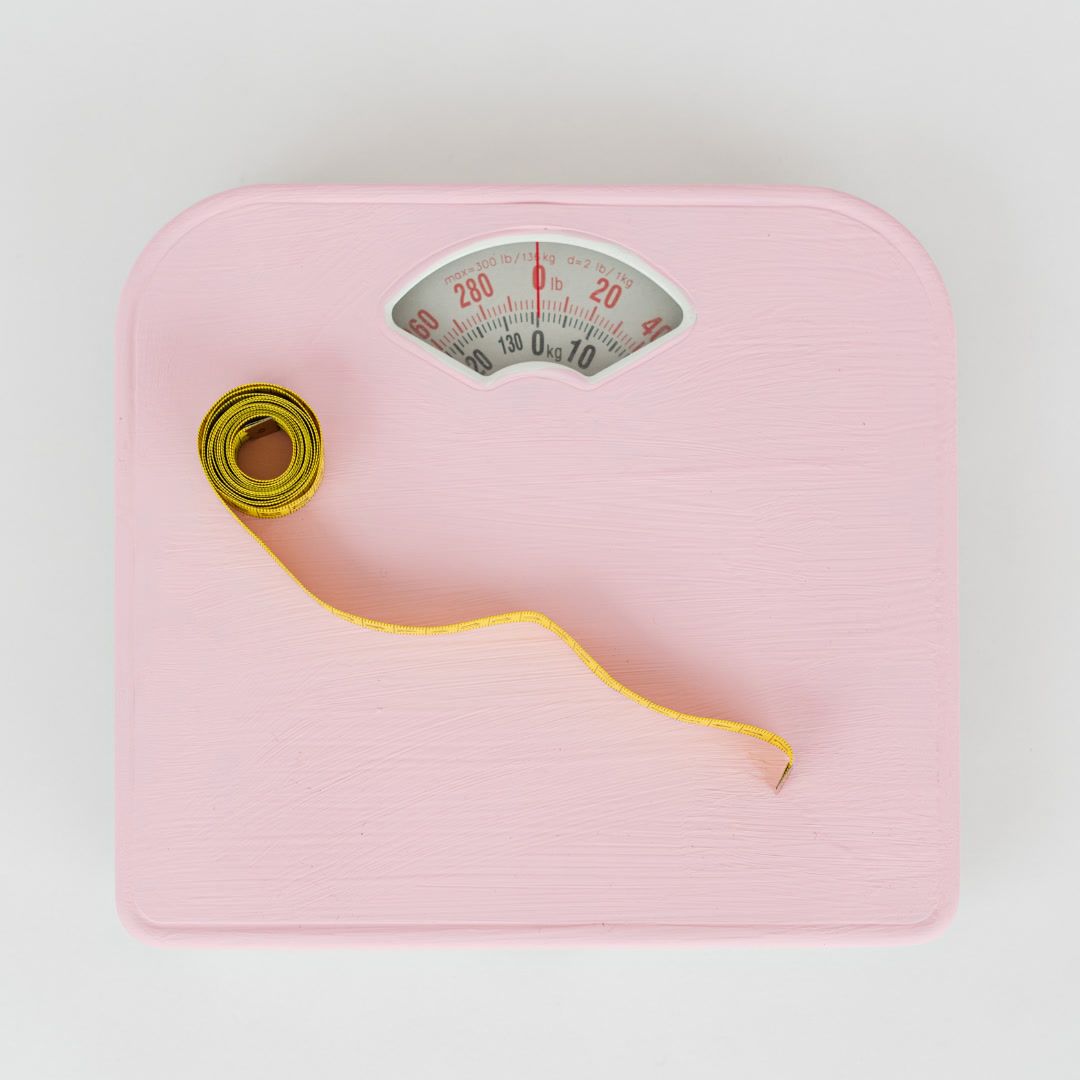30-Day No Sugar Challenge: Meal Plans & Tools
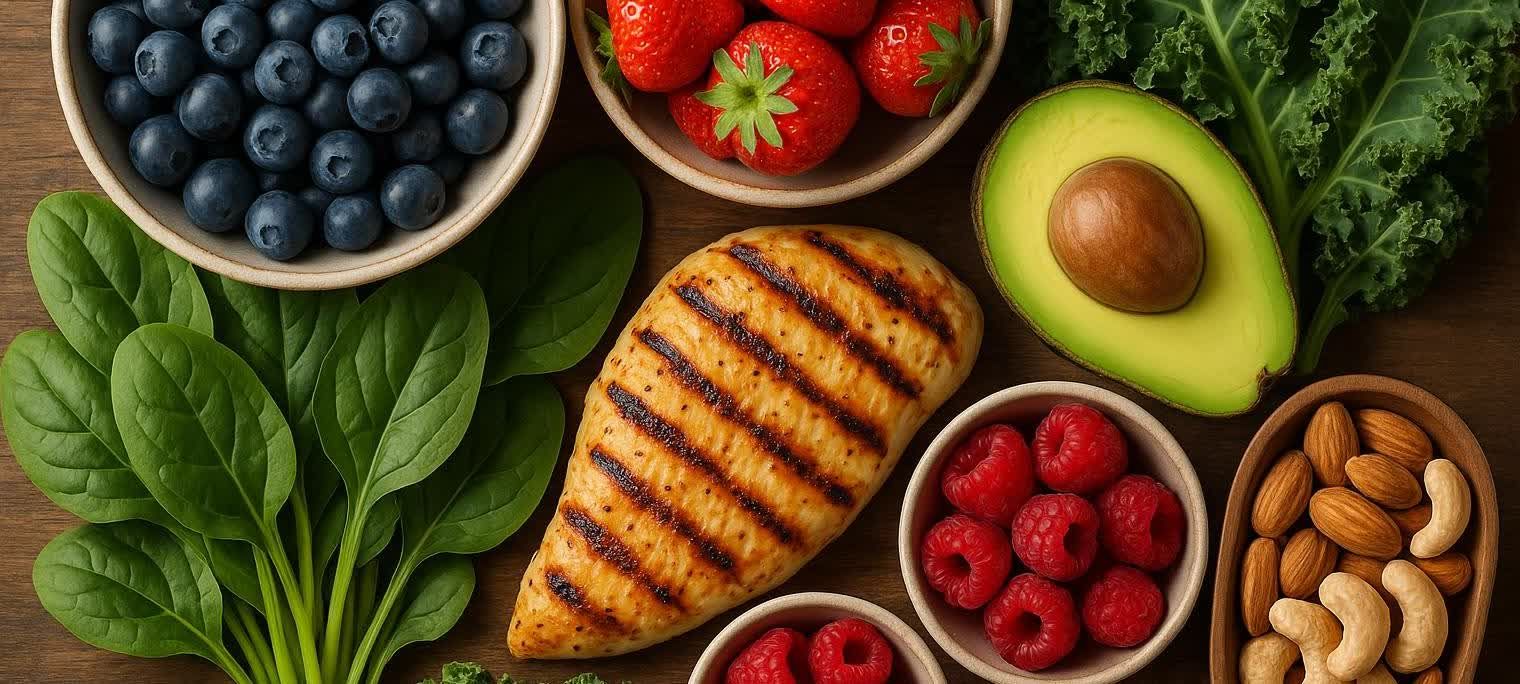
30-Day No Sugar Challenge: Meal Plans & Tools
This guide outlines BodySpec’s 30-Day No Sugar Challenge framework. Inside, you'll find a clear plan to remove added sugars, sample meal templates, and guidance on tracking body-composition changes with clinical-grade precision through DEXA scans.
👉 Skip ahead if you’re looking for:
For real-world testimonies and weight-loss results, see our companion piece, No Sugar for 30 Days: Weight Loss Results & What to Expect.
Why Take a 30-Day No Sugar Challenge?

Added sugars contribute roughly 17 teaspoons per day to the average U.S. adult diet (USDA Dietary Guidelines 2020–2025)—two to three times the limit recommended by the American Heart Association.
Reducing added sugar for one month has been associated with:
- Steadier energy levels as blood-glucose swings calm down.
- Lower belly and visceral fat, as measured by objective tools like a DEXA scan, especially when paired with resistance training.
- Clearer skin—the American Academy of Dermatology notes that low-glycemic diets can reduce acne severity.
- Weight loss without meticulous calorie tracking, simply by removing sugary drinks and snacks.
- Improved cholesterol and triglyceride profiles—cutting sugary beverages has been shown to raise HDL (“good”) cholesterol and lower triglycerides (American Heart Association News, 2020).
5 Pillars of the 30-Day Plan
| Pillar | What to Do | Why It Matters |
|---|---|---|
| 1 | Determine your sugar limit | Establishes a baseline to understand the magnitude of your reduction. |
| 2 | Select a meal plan template | Vegan, paleo, or diabetic-friendly options remove guesswork. |
| 3 | Track your habits daily | Logging meals and cravings boosts adherence and reveals trigger patterns. |
| 4 | Schedule BodySpec DEXA scans | Quantifies fat-loss and lean-mass retention. |
| 5 | Engage with a support community | Sharing tips and recipes increases accountability. |
Determine Your Personal Sugar Limit
A straightforward method is to follow the American Heart Association’s fixed cap: ≤6 teaspoons (25 g) for most women and ≤9 teaspoons (36 g) for most men.
Prefer a percentage-based approach? The Dietary Guidelines for Americans advise limiting added sugars to <10 % of total calories. On a 2,000-calorie diet, that equals about 50 g (≈12.5 tsp) of added sugar per day (USDA 2020–2025 Guidelines). Either method can serve as your “before” reference; during the challenge you’ll cut added sugar to zero.
| Reference Framework | Daily Added Sugar Limit |
|---|---|
| AHA – Most women | ≤6 tsp (25 g) |
| AHA – Most men | ≤9 tsp (36 g) |
| DGA – 10 % of 2,000 kcal | ≈12.5 tsp (50 g) |
Sample Meal Plans (Vegan, Paleo & Diabetic-Friendly)
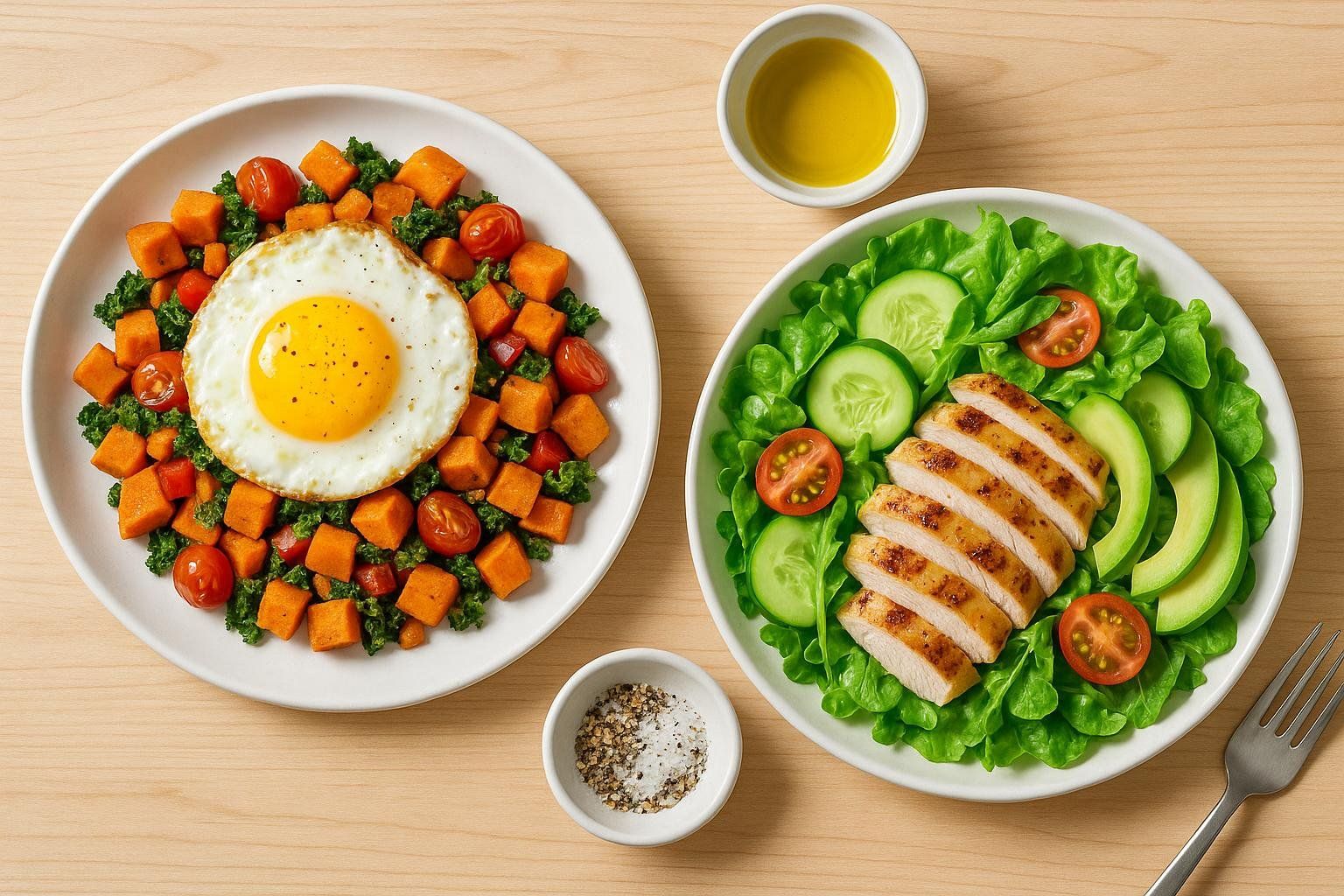
Use these templates as a starting point and adjust portions to meet your calorie needs (1,600–2,800 kcal).
Sample Day (Paleo • 2,000 kcal)
| Meal | Recipe | Key Nutrients | Added Sugar |
|---|---|---|---|
| Breakfast | Sweet-potato hash with eggs & avocado | 21 g protein, 8 g fiber | 0 g |
| Lunch | Grilled chicken salad + olive-oil vinaigrette | 35 g protein, 6 g fiber | 0 g |
| Snack | Apple & almond butter | 4 g protein, 5 g fiber | 0 g (natural sugar only) |
| Dinner | Salmon, roasted Brussels sprouts, cauliflower rice | 40 g protein, 7 g fiber | 0 g |
Sample Day (Vegan • 2,100 kcal)
| Meal | Recipe | Key Nutrients | Added Sugar |
|---|---|---|---|
| Breakfast | Overnight oats with chia seeds, unsweetened almond milk, and berries | 18 g protein (with pea protein powder), 12 g fiber | 0 g (natural sugar only) |
| Lunch | Lentil & quinoa bowl, steamed kale, tahini-lemon dressing | 28 g protein, 15 g fiber | 0 g |
| Snack | Carrot sticks & hummus | 5 g protein, 4 g fiber | 0 g |
| Dinner | Tofu stir-fry with broccoli, bell peppers, and coconut-aminos | 30 g protein, 8 g fiber | 0 g |
Pro Tips for Vegans
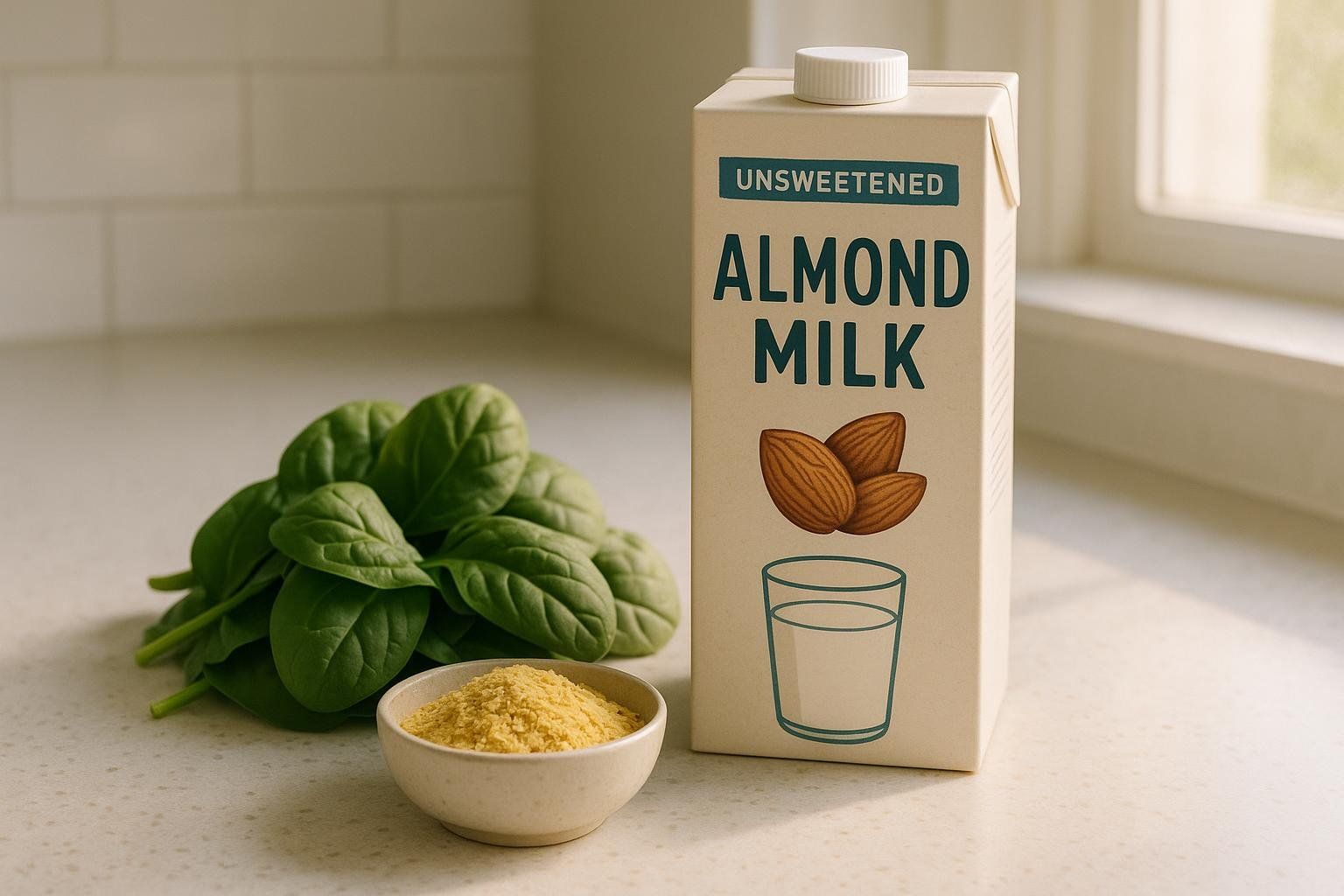
- Choose unsweetened plant milks.
- Fortify meals with B-12 and iron sources like nutritional yeast and spinach.
Sample Day (Diabetic-Friendly • 1,800 kcal)
| Meal | Recipe | Key Nutrients | Added Sugar | Net Carbs |
|---|---|---|---|---|
| Breakfast | Scrambled eggs with spinach & feta | 22 g protein | 0 g | 4 g |
| Lunch | Turkey lettuce wraps with sliced avocado | 32 g protein | 0 g | 6 g |
| Snack | Greek yogurt (plain) + cinnamon | 17 g protein | 0 g | 7 g |
| Dinner | Baked cod, zucchini noodles, olive oil & herbs | 35 g protein | 0 g | 8 g |
Pro Tips for Managing Blood Glucose
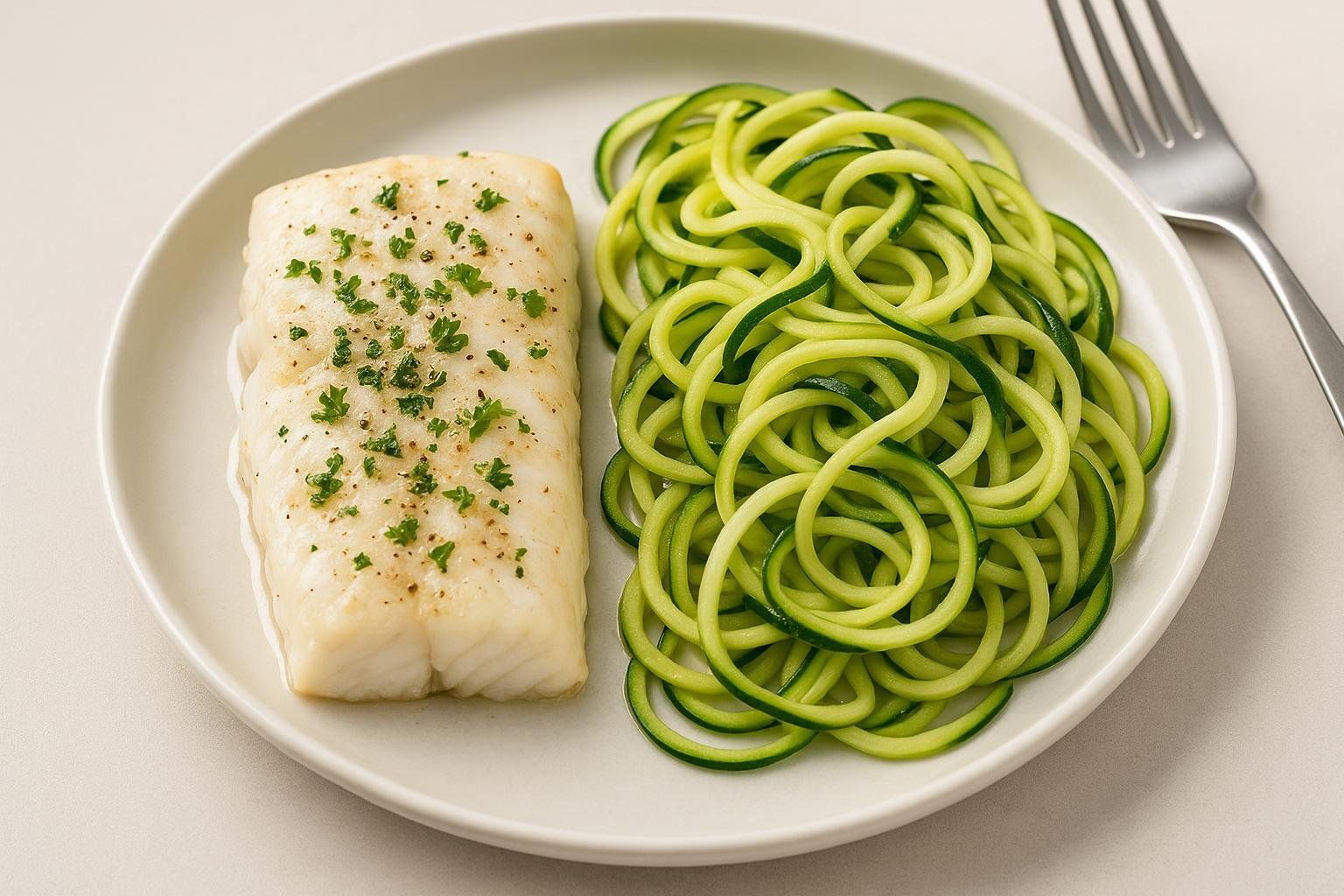
- Aim for ≤45 g net carbs per meal and pair carbs with protein or healthy fats.
- Check post-meal glucose to fine-tune portions.
30-Day Timeline: What to Expect
| Phase | What’s Happening | Pro Tips |
|---|---|---|
| Prep (Days –3 to 0) | Clear out high-sugar foods, read labels, plan meals. | Identify sneaky sugars—ketchup, flavored yogurt, salad dressing. |
| Week 1 (Days 1–7) | Blood-glucose swings flatten but withdrawal symptoms—headaches, irritability—may peak (Verywell Mind). | Hydrate, sleep 7–9 hrs, snack on nuts/olives. |
| Week 2 (Days 8–14) | Cravings fade; fruit tastes sweeter. | Track grams avoided to stay motivated. |
| Week 3 (Days 15–21) | Fat oxidation rises; first drop in visceral fat often measurable on a mid-challenge DEXA. | Add strength training 2–3×/week. |
| Week 4 (Days 22–30) | Energy and mood improve; sleep quality climbs. | Plan a controlled re-introduction of added sugars. |
Sugar Withdrawal: Common Symptoms & Fixes

Most intense symptoms last 3–7 days (Verywell Mind).
- Headaches → Drink water with electrolytes.
- Fatigue → Prioritize sleep; taper caffeine instead of adding more sugar.
- Irritability → Use 5-minute breathing drills or short walks.
- Cravings → Keep high-protein snacks on hand and review our 19 strategies to stop sugar cravings.
Tracking Body Composition with DEXA
The number on a scale cannot distinguish between fat loss, muscle loss, or water weight. You can schedule directly for a DEXA scan that measures total fat, visceral fat, and lean muscle with ±1–2 % precision. Many participants scan on Day 0 and Day 31 to quantify:
- Total pounds of fat lost
- Visceral fat change—a key marker for metabolic health
- Muscle retention—ensuring you’re not just lighter, but leaner
BodySpec offers scans across California, Texas, and Washington.
FAQ
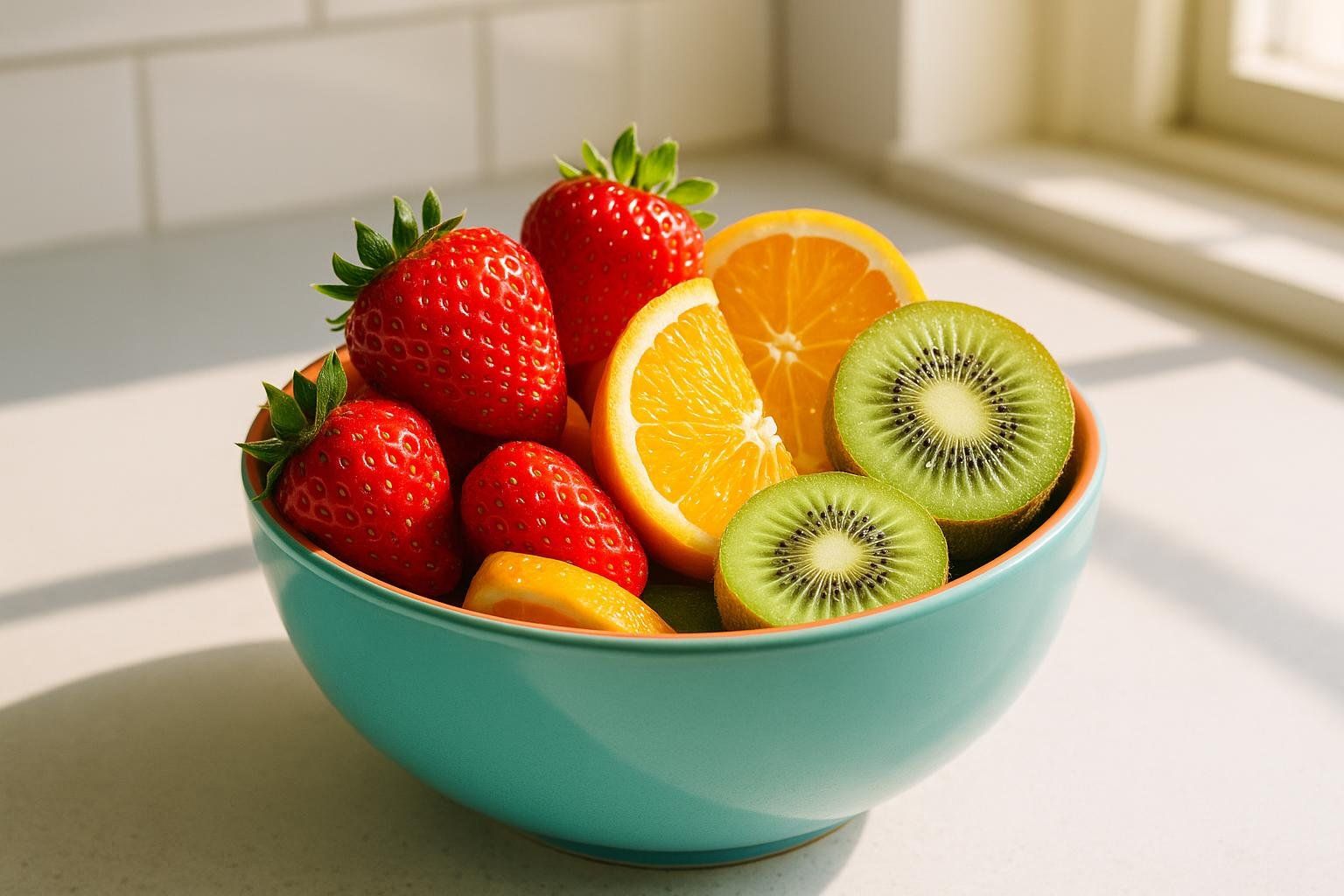
Can I eat fruit during a no-sugar challenge?
Yes. The focus is on eliminating added sugars, not the natural sugars paired with fiber in whole fruit.
Are artificial or non-caloric sweeteners allowed?
No. The official challenge eliminates all sweeteners—including stevia, monk fruit, and sugar alcohols—to give your palate a full reset and minimize cravings.
Do I have to cut alcohol?
Yes. Alcohol is eliminated for the 30-day period because it can disrupt blood-sugar control, sleep, and fat-loss progress.
How do I reintroduce sugar after 30 days?
Add one item at a time—ideally post-workout when insulin sensitivity is highest. Monitor how you feel and track blood glucose if applicable.
Can kids join the challenge?
While the AHA recommends ≤25 g/day of added sugar for children over two, always consult a pediatrician or registered dietitian before implementing any significant dietary change for a child.
Next Steps
- Schedule a Day-0 DEXA scan to set a precise baseline.
- Follow the meal and tracking templates provided in this guide.
- Book a Day-31 DEXA scan to measure your progress.
With clear guidelines and objective data, a single month of mindful eating can translate into steadier energy, healthier metabolic markers, and measurable reductions in visceral fat.
